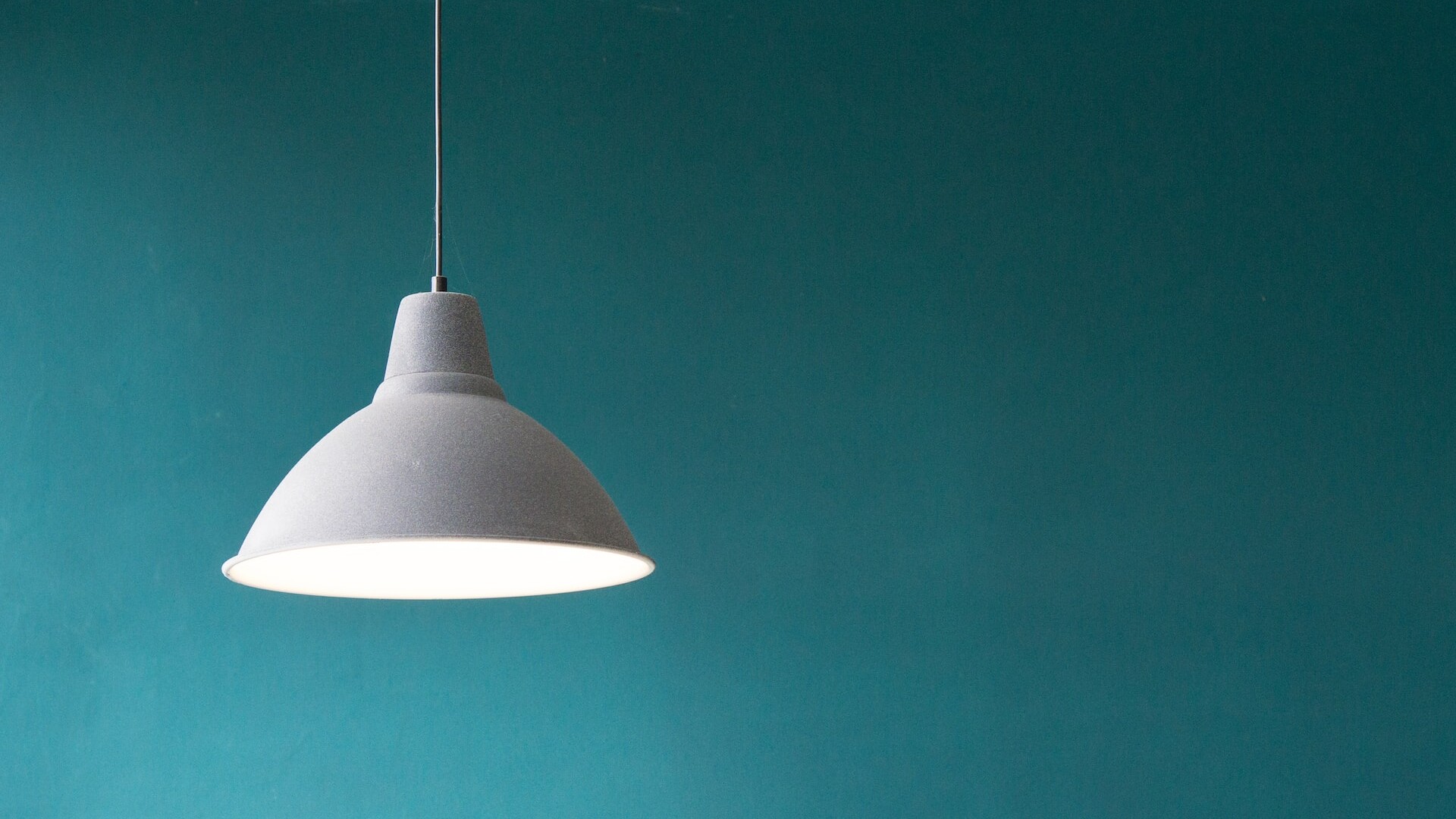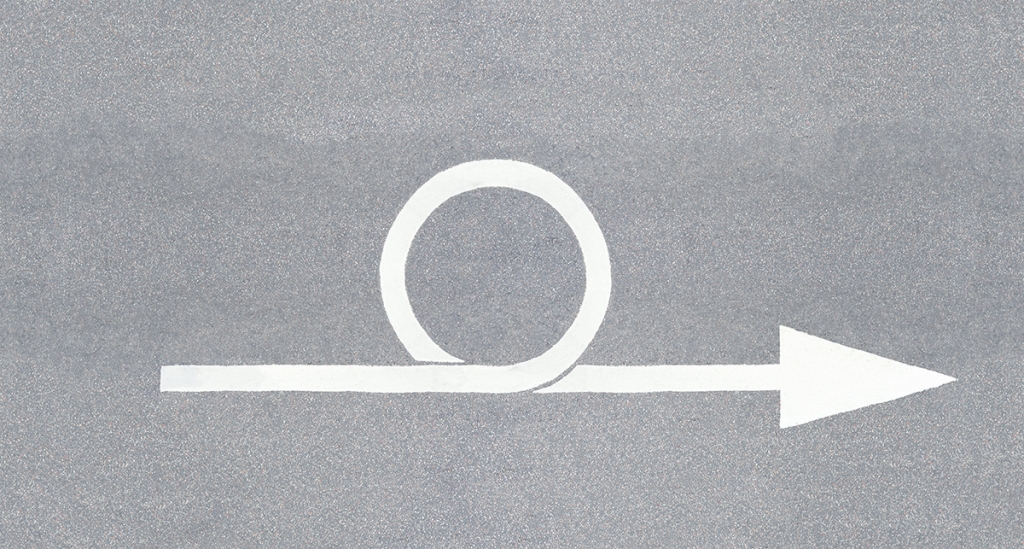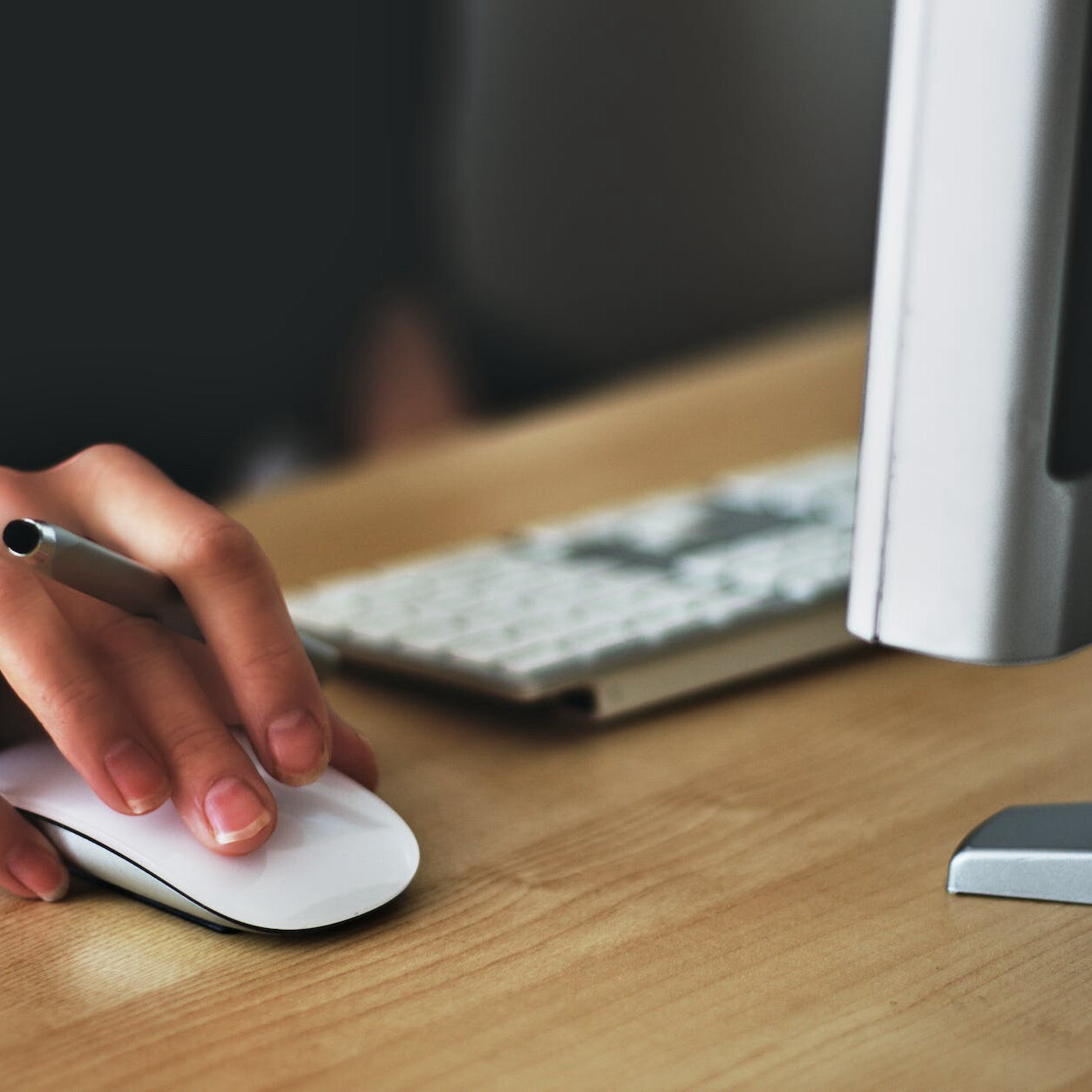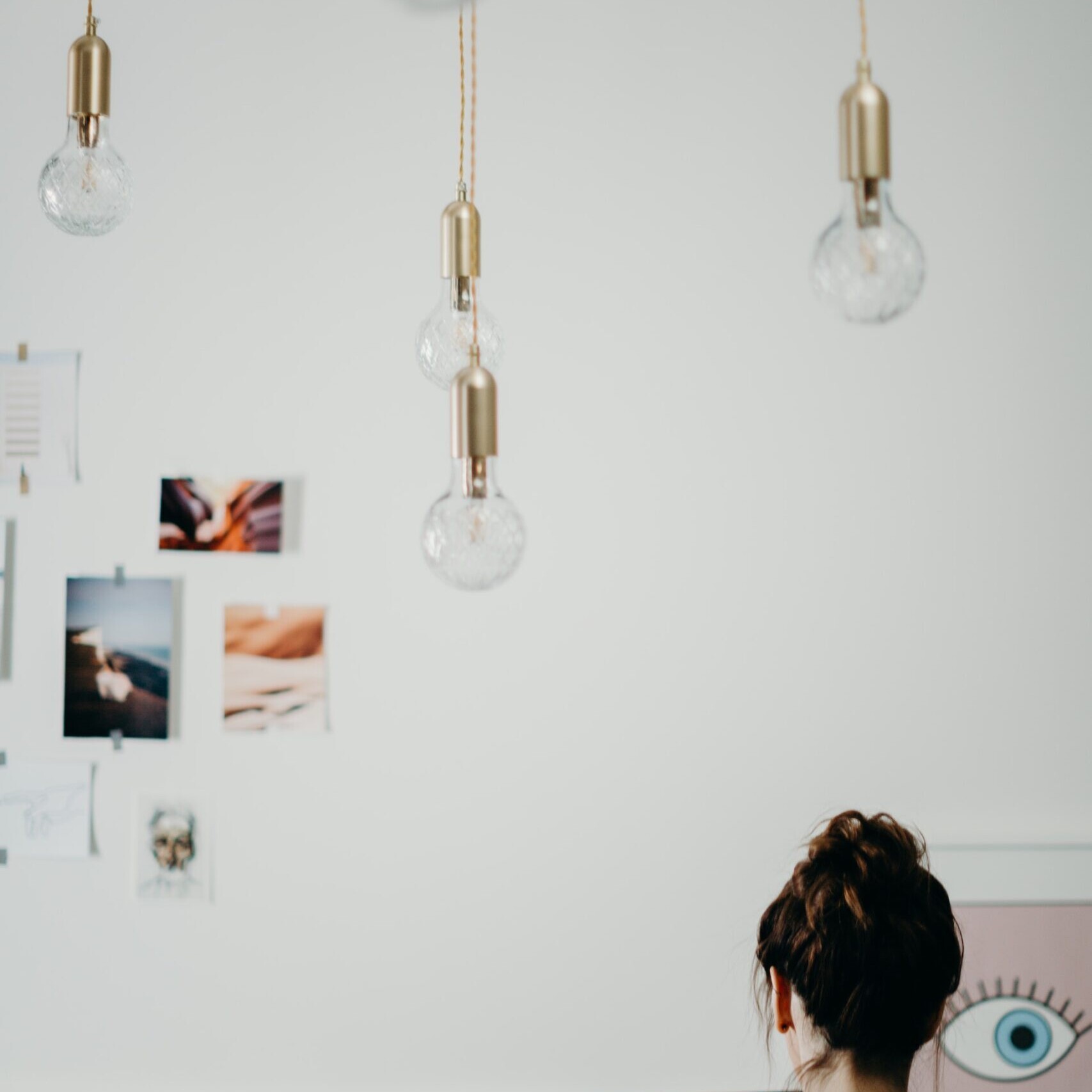5 Truths of Iterative Design
Among design methodologies in the digital sphere, the use of Iterative Design is one of the most powerful—and effective. Tapping into a cycle bordering on obsessive optimization, iteration is a regenerating process whose effects can be felt and seen long after a launch.
In its wake, iterative design can drastically improve functionality, build needed components to a platform and add a positive complexity. Though highly effective, it’s important to be aware of the sometimes hard truths that a project tapping into an iterative strategy can face.
1: Iterative Design is Best Implemented Early
Iteration should begin on a project immediately, with concepts coming to fruition through prototyping and concepting. The review/analysis/test phase is entered, and refinements are made and prototyped. It’s important that the cycle is run through rapid iteration so ideas have a chance at success and don’t get stale.
2: An Iterative Process is a Hands-On Approach
An iterative design process is upheld by initial creative briefs backed by sketches, drawings, wireframes and style guides to help illuminate the creative flow. Much of iterative thinking is driven by a lower-tech approach with a more tactile feel – building a framework and designing the structure from there.
3: Iteration is Collaborative
Building a team with a variance of individual talents will not only assist in the initial idea creation process but will allow for specific stakeholders to be accountable for the areas of the work that they most align with.
#4: An Iterative Process Can be Messy
Because an iterative process generates so many ideas, suggestions, recommendations and best practice implementation – the answer may not always be straightforward and can constantly be changing. Recognizing that user needs as well as the needs of a business, change regularly can aid in understanding that a ‘messy’ process might actually end up being the most productive as all avenues can be explored.
#5: Iteration is Continuous
The process of iterative design can be looked at like a continuous loop – a process that really doesn’t ever end. The design process is improved, optimized, and polished over time and then looked at again for new aspects, refresh opportunities, and problem-solving.
Next Item
Simplicity: Doing It Right

Related Articles
Navigating the Design of Input Controls in UI
January 6, 2024
UI Signifiers in Website Design
January 5, 2024



